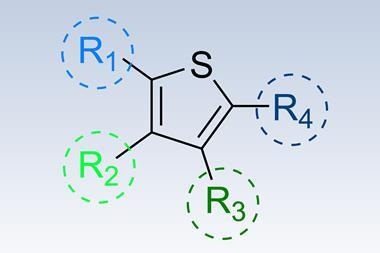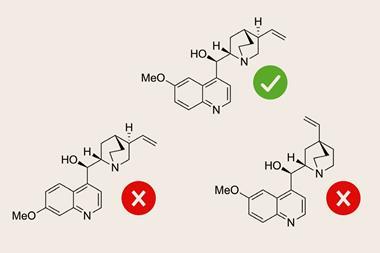The European Space Agency's (ESA) Smart-1 space probe entered the Moon's orbit late in 2004. So what's chemistry got to do with it?
The European Space Agency’s (ESA) Smart-1 space probe entered the Moon’s orbit late in 2004. So what’s chemistry got to do with it?
Chemical propulsion
Rockets can be shot into space by the power of the chemical bond. Hydrogen fuel is oxidised, producing water and lots of heat, which in turn creates steam and enough thrust to push the vessel skywards.
Ion propulsion
Smart-1 is powered by this superior technique with a thrust lasting days rather than hours. Solar power is used to ionise xenon gas. As the ions are accelerated through a magnetised chamber they create enough thrust to propel the rocket.
Why Smart?
Smart stands for ’Small missions for advanced research in technology’. New technologies destined for use on bigger projects are on board and being tested, including IR and x-ray spectrometers that will be used to see just what the Moon is made of.
With the Moon’s elemental composition properly measured, theories that the Moon formed after a giant impact of a Mars-sized body with the early Earth will be confirmed either way. And those believing that the Moon is made of cheese may have to eat their words.






No comments yet